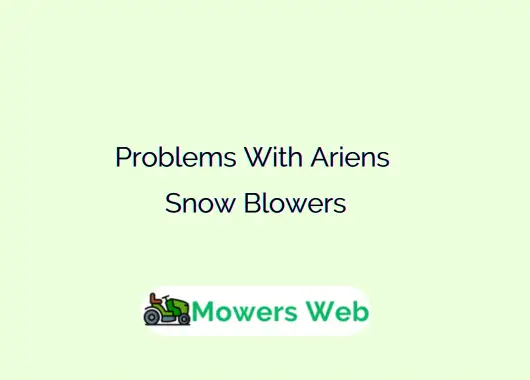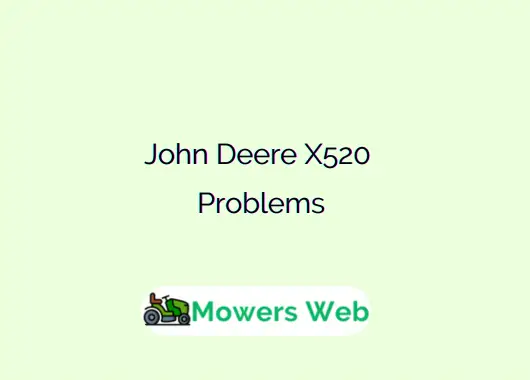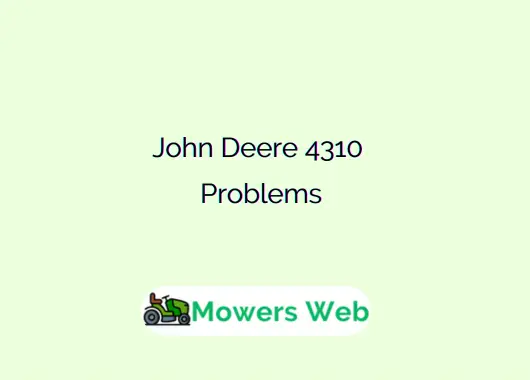Ariens snow blowers are known for their durability and performance, but like any outdoor power equipment, they are not immune to issues. Understanding the common problems these machines face can help owners troubleshoot effectively and maintain peak performance.
Problems With Ariens Snow Blowers
1. Snow Blower Won’t Start
One of the most common problems users report is that the snow blower fails to start. This can be frustrating, especially during the first snowfall.
Causes:
- Old or stale fuel: Gasoline left in the tank during the off-season can degrade, forming varnish that clogs the carburetor or fuel lines.
- Clogged fuel filter or lines: Dirt and debris can accumulate over time, restricting fuel flow to the engine.
- Faulty spark plug: Worn or fouled spark plugs may fail to ignite the fuel, preventing the engine from starting.
- Starter issues: Pull-cord starters can become damaged, and electric-start batteries or solenoids may fail.
- Engine timing problems: A sheared flywheel key can cause the engine to spin without properly engaging the ignition timing.
Tip: Always start by checking the fuel, spark plug, and starter system before assuming a major mechanical problem. These simple checks often solve the issue.
2. Engine Runs Rough or Stalls
Even if the engine starts, it may run unevenly, stall, or hesitate. This affects performance and can make clearing snow inefficient.
Causes:
- Fuel problems: Dirty fuel, clogged filters, or old gasoline can lead to inconsistent combustion.
- Spark or ignition issues: A weak spark or improperly gapped plug can disrupt engine operation.
- Carburetor problems: Carburetor jets may be clogged or need adjustment, causing a too-rich or too-lean fuel mixture.
- Choke or air intake issues: Improperly adjusted choke settings can prevent the engine from running smoothly.
- Timing problems: Engine components, such as a damaged flywheel key, can cause irregular running patterns.
Tip: Regular maintenance, including cleaning the carburetor, replacing fuel filters, and using fresh fuel, can prevent these problems.
Related Ariens Mower Serial Number Date Code(For All Models)
3. Auger or Impeller Not Turning
Sometimes the engine runs perfectly, but the snow blower fails to move snow. This usually indicates a problem with the auger or impeller system.
Causes:
- Broken shear bolts: Shear bolts are designed to protect the auger if it hits a hard object. When broken or missing, the auger may spin freely without moving snow.
- Worn or loose belts: If the auger belt is damaged or slipping, engine power cannot be transferred properly.
- Snow or ice blockages: Packed snow can jam the auger or impeller, preventing operation.
- Damaged bearings or shafts: Worn bearings or bent auger shafts can cause binding, preventing the auger from rotating.
Tip: Inspect the auger area for debris, check belt condition and tension, and replace broken shear bolts. Lubricating moving parts can also prevent binding.
4. Drive System Problems
Self-propelled or tracked Ariens snow blowers sometimes experience drive issues, where the wheels or tracks fail to move.
Causes:
- Worn friction wheel or drive coupling: Over time, the connection between the engine and drive system can wear down, causing slippage.
- Loose or damaged drive belt: A slipping drive belt will prevent the machine from moving forward or backward.
- Broken drive pins or axles: Damaged mechanical components can allow the engine to run without propelling the unit.
- Gearcase or transmission issues: Internal damage in the transmission can stop the drive system from functioning correctly.
Tip: Check drive belts, friction wheels, and gear components regularly. Replacing worn or damaged parts can restore smooth operation.
Related Ariens Snowblower Spark Plug Chart(For All Models)
5. Chute and Snow Throwing Issues
Even if the engine, auger, and drive work, snow may not be thrown effectively or the chute may not operate correctly.
Causes:
- Chute blockage: Snow and ice can accumulate in the discharge chute, limiting throw distance.
- Worn auger or impeller: Damaged components reduce the snow-blowing efficiency.
- Belt slipping: A loose auger belt can weaken the throwing action.
- Heavy or wet snow: Snow blowers have capacity limits; extremely wet or heavy snow may overwhelm the system.
- Manufacturer defects: Some models have experienced issues where the auger continues rotating after the control lever is released, posing a safety risk.
Tip: Clear the chute regularly, maintain the auger and impeller, and avoid overloading the snow blower with heavy, wet snow.
6. Safety and Recalls
Safety is critical when operating snow blowers. Some Ariens models have been recalled due to mechanical defects that could lead to injury, such as augers continuing to rotate after the lever is released.
Tip: Always check your model for recalls and follow safety guidelines. Never put your hands inside the chute or auger while the engine is running, and wear protective gear.
Related Ariens Shear Pin Size Chart(For All Models Series)
7. Seasonal Maintenance and Storage Issues
Many problems arise after the snow blower has been stored improperly during the off-season.
Common issues:
- Fuel degradation: Gasoline left in the tank can gum up the carburetor.
- Belt cracking: Belts may dry out and crack when not in use.
- Seized bearings or rust: Moving parts can seize or corrode.
Tip: To prepare your Ariens snow blower for storage, drain or stabilize the fuel, change oil, inspect belts and shear bolts, lubricate moving parts, and store in a dry, covered area.
FAQs
Why does my snowblower run for a few seconds then dies?
This is usually caused by fuel delivery issues, such as stale gas, a clogged fuel filter, or a dirty carburetor. A faulty spark plug or incorrect choke adjustment can also cause the engine to start briefly and then stall. Ensuring fresh fuel, a clean carburetor, and a properly gapped spark plug often solves this problem.
Which snowblower brand is most reliable?
Reliability varies depending on model, maintenance, and usage, but brands like Ariens, Honda, Toro, and Cub Cadet are generally considered the most durable. Ariens is widely praised for its heavy-duty build and long-lasting components, making it a popular choice for homeowners with frequent or heavy snow.
Who manufactures Ariens engines?
Many Ariens snow blowers use engines from well-known manufacturers such as Briggs & Stratton, Kawasaki, and Ariens’ own proprietary engines in some models. The specific engine brand depends on the model and series of the snow blower.
Why won’t the snow blower stay running?
If your snow blower starts but then dies, the cause is often related to fuel issues, spark problems, or carburetor malfunctions. Blocked fuel lines, a fouled spark plug, or a dirty carburetor can all interrupt consistent combustion. Regular maintenance, including cleaning or replacing components, usually resolves the issue.
Should I spray my snowblower with WD-40?
WD-40 can be useful for loosening rusted bolts, lubricating linkages, and protecting metal parts from corrosion. However, it is not a substitute for proper snow blower lubrication on moving parts like auger bearings or drive components. Use recommended lubricants for mechanical parts and only use WD-40 for light rust prevention or cleaning.
Why does my Ariens snowblower keep stalling?
Frequent stalling is often caused by clogged fuel lines, a dirty carburetor, or old gasoline. Other factors include a fouled spark plug, improper choke settings, or a worn-out engine component like the flywheel key. Regular maintenance, including fresh fuel, spark plug replacement, and carburetor cleaning, can prevent stalling.
Final Words
While Ariens snow blowers are reliable and robust machines, the most common problems typically involve fuel and ignition systems, auger and drive belts, mechanical wear, snow blockages, and maintenance neglect. Regular inspections, proper maintenance, and careful storage can prevent many issues and keep your snow blower running efficiently for years.




